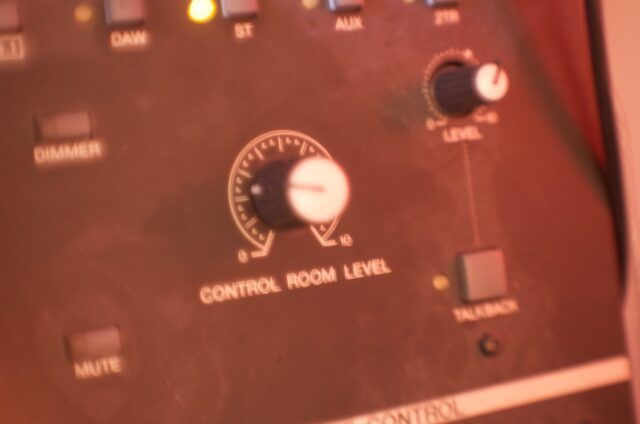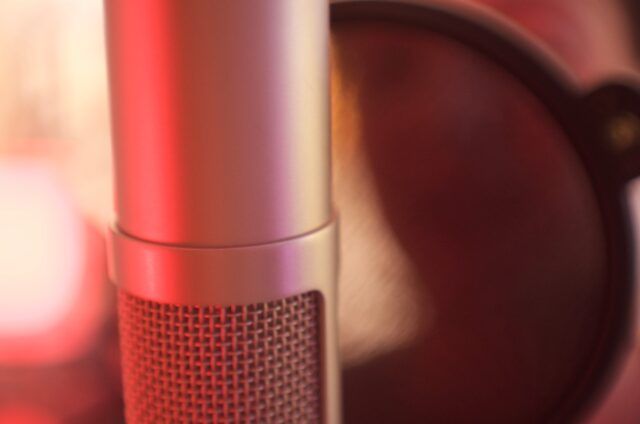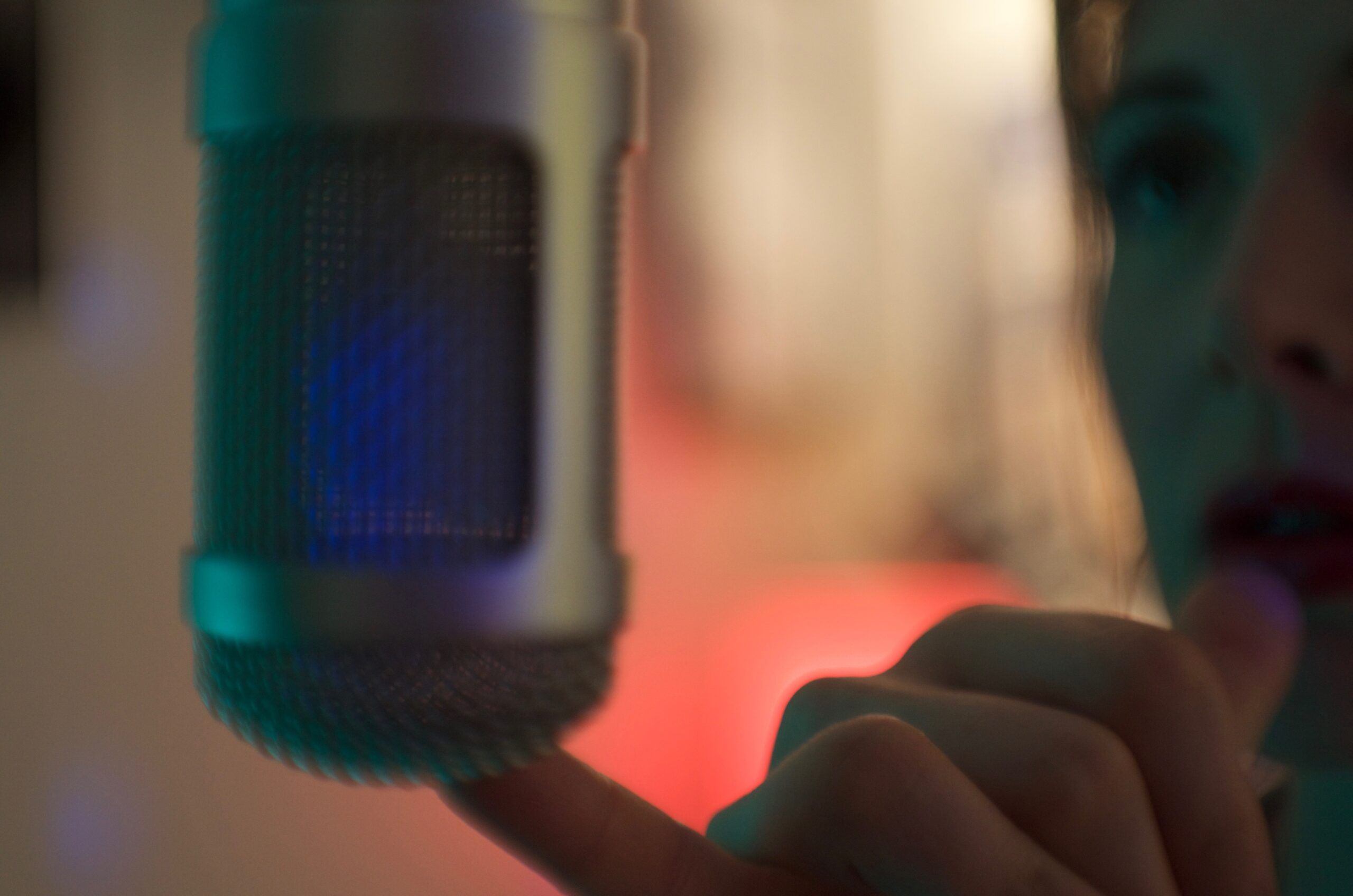Committing to a radio show is an excellent way to keep your DJ muscles in shape. It provides you with a space to practice and stay in good form, and gives you a solid purpose to hunt and dig for music. There are many places to host shows, from well-established stations to simply making your own schedule and using a podcast-style model, similar to Josh Wink’s Profound Sounds, or Adam Beyer’s Drumcode Radio via, Apple Podcasts, Stitcher, Soundcloud, or Mixcloud. A consistent opportunity to express yourself and build your sound is invaluable.
Regardless of where your show is broadcasted from, you should aim for the best quality possible. Today, we’re exploring a few tips to get yourself there. With an emphasis on pre-recording shows, but still useful for those brave live broadcasters, these tips will have you well on your way to sounding as professional as your favorite radio shows.

Setup and Recording
Initial setup
Use the engineering skills that you have refined setting up your DJ equipment! Start out by planning your best signal path and check for weaknesses in the chain (i.e. noisy cables). If your eventual recording destination is a computer, then a direct usb line from your mixer or controller is ideal. Other options are:
- Master or record out to a USB soundcard.
- Master or record out to an external recorder.
- USB record out from an applicable mixer to the Pioneer REC app.
Recording the voiceover
If you’re planning to record your voiceover (V/O) ‘live’ at the same time as your mix, check through your equipment and software’s internal routing. You’ll want to make sure that your recording will pick up each element. Run a soundcheck and make sure you’re recording everything you do need, and nothing that you don’t. Avoid the classic goof: forgetting to select the correct audio source in your recording software so that you only pick up room noise. This just might turn your well-curated mixshow into an ASMR podcast, complete with rustling and heavy breathing.
All of the above applies to a live broadcast as well. Try to check and double-check everything before you go live, but if you do run into issues, think back to this article on troubleshooting.
Where possible, it’s recommended to record your V/O separately. It helps to compartmentalise the process – which is particularly helpful for broadcast beginners. Plan your mix, get the levels and energy exactly where you want, then use a separate channel in a DAW to record the voiceover. This will give you a great deal of control over the final mix and allow you to use some extra processing if needed. This is also quite useful if you improvise your track selection, because when you go back and record the voice-over introduction, you can tease some of the forthcoming tracks.
Editing in post
When you get to the post-production stage (after all your audio is recorded), don’t beat yourself up about doing a little editing – it’s extremely common. Make sure there are no long silences at the beginning and end of the show. If you’re unhappy with a transition, it’s ok to cut out some particularly bad drifting. Use the same rigor that you would if you were making a mix for your favourite website, or as a demo for a party you really want to play at.

Voiceovers
It’s important to remember that you really don’t need a silky-smooth broadcast voice to be effective on the microphone. If you pay close attention to how you sound, you’ll be able to make the best of what you have.
Recording with your own voice
Not sure what your voice sounds like? It’s time to take a deep breath and do something most people cannot stand: recording yourself and listening back. As the cringe fades (because, let’s be honest: almost nobody likes the sound of their own voice), listen for what kind of voice you have. If you have access, use an audio spectral analyzer (like Spek, for example) to see what frequencies your voice occupies most.
Work on getting comfortable hearing your own voice, and try to be yourself as much as possible. Keep in mind that audiences can often pick up on affectations that don’t feel genuine.
Gain & EQ
Think about gain and EQ when you record your voice as well. If you have a quiet voice you’ll need some boosting, and vice versa if you’re coming in hot. Experiment with both. If you push gain too much, you’ll end up with a distorted signal, so it’s best to start at the source with the most confident, clear, vocal performance possible.
Using the microphone & diving in
With whatever microphone you’re using, put it in a stand and try to talk into it at a distance of about a stretched hand from pinky to thumb of room – between your mouth and the mic. A pop-shield is quite handy for voice recording. They are easy to buy; you can even make them from a coat hanger and a pair of tights. Make sure you turn your speakers down, or off, when you’re recording your voice – this allows you to avoid creating feedback or accidental echo effects.

Take a few deep breaths to relax, and sip some water before recording. Test some phrases and speak as clearly as possible. Smile while you talk, as this will instantly lift the clarity and confidence of your voice. Try not to have any gadgets running in the background like fans, and pay attention to the character of the room sound. If you hear an echo or reverberation in your headphones, you might want to move to a smaller space with more soft furnishings. Check your levels. If you’ve written down a script, put it somewhere you can see – but try to avoid holding onto paper, or you’ll pick up the rustle in the recording.
Planning your recordings
Check with your station programmer, but as a guide, the FCC stipulates that you must ID the station each hour. Whether or not you’re on FM radio, it’s good practice to, at the very least, record a voiceover intro for a 1 hour show. A handy schema to remember is:
| ID Station | ID Show/DJ | Back Announce | Take Care Of Business | Forward Announce | ID Station |
| Say the name of the station | Say your name, and/or the show name | Talk about the track you just played | Read any ads or info you must talk about. | Talk about a track coming up, especially if it’s ‘featured’ or ‘exclusive’ | Say the name of the station. |
Here’s an example:
Keep your V/O as concise as possible, and remember that it’s not important to link each sentence you say. For example, refrain from phrases like ‘Which brings me too…’ ‘And so…’. The listener doesn’t really mind if you ID a track and immediately pivot to talking about something else; broadcasters do it all the time.
Sound Design
A ‘Sting’ is a short and clear identifier you can use in your show to remind listeners who they are listening to, great examples of creatively dropping stings in on beat, and during build ups can be found on Radio 1’s Essential Mix. Often these stings are brief sound-FX with the show name, DJ name, and/or station announced.
An example would be:
| SFX | Male voice | Female voice | Child Voice | Hype Sports Voice | SFX | Female Voice | Male Voice | SFX |
| Blips | THE | MIX | SHOW | WITH DJ PUMPS | SCRATCH SOUND | ON 72.1 | TECH FM | TAIL |
And an audio example:
Finding & creating sound effects
There are resources for sound effects online, such as Loopmasters, Splice, and Freesound.org. Alternatively, you can make the sounds yourself by chopping up random files in Audacity or using something like Ableton’s Operator synth.
For vocals, why not ask some friends to each say your full sting, and then chop it together later in a DAW? The point is often to have quite processed sounding vocals that add texture and punctuation to your show.
Many terrestrial radio stations have ‘audio-logos’ – which are ultra short musical phrases or pieces of sound design that can be used by brands and media platforms as signifiers that you are consuming their content. They are much like a TV station placing their visual logo in the corner of the screen. Consider making one of your own – a literal signature sound. Even if you don’t talk on your show, you could use it sparingly as an easter-egg for your audience, or a useful transition tool to get from one tempo to another.
Making the final touches
At this point, you’re almost there! Now it’s time to add some last touches and finesse to your show. Your experience in live party situations will help you at this point as well as all the time spent listening to your favourite radio shows and podcasts.
Mix-to-voiceover ratio

Make sure you’re paying attention to the overall mix. As a general rule, the music should be at 10% or less of the total volume of the voiceover when you’re speaking. You can play a little fast-and-loose with this ratio when you’re placing the stings and sound design. Dropping them into breakdowns and quieter breaks in the mix means you don’t need to pull the volume down as much.
Just like when you’re mixing records together, look out for clashing vocals – make sure you aren’t talking during a section where a track features vocals.
Limiting and compression
Speak with the head engineer or whoever oversees the quality of the station’s broadcast about limiting and compression. You’ll want to know the dB at which your mix should peak, and if any limiting or compression is added to the overall station’s signal.
If the station broadcasts every show ‘as-is’, then you may want to add a little bit of a boost to your show. You can use your DAW’s mastering chain, Ozone, Landr or any other similar tool, making sure you still only peak at the station’s desired Db level. If you’re on a regular schedule, listen to the show before you and try not to follow with either a lot more, or a lot less, perceived loudness.
Streaming
If your station allows for streaming on-demand, make sure there’s a link to your shows on your own website and social media. Otherwise, be sure to build your own archive of shows using your host of choice. Remember that platforms like Soundcloud allow you to send an RSS feed to other aggregators (like Apple Podcasts), but do also present some challenges when it comes to playing others music. It’s a good idea to (gently and considerately) let artists know that you’ve included them in a mix, usually by tagging them in a social post. Tracklists are very important, and the more official the better – it can lead to artists actually getting paid royalties for their music.
Keep listening
Check your show before you send it off, and then again when it airs. Consider what is sounding great and where improvements could be made. Stay as consistent as you can, but be open to adjustments when you receive feedback from peers and friends. You really never know who is listening, and it may surprise you to know you have more regular listeners than you think.
It’s true that there are a lot of DJs with radio shows and podcasts at the moment. Many of your favourite DJs use these formats, which is precisely why it’s important to produce the highest-quality work possible. As always, you don’t necessarily need fancy gear to deliver something impressive, just some planning, effort and experience. Spend time on areas that you think need improvement. Keep listening back to what you’ve done and be proud of the effort you’ve made and the quality you’ve achieved.
Happy creating, and don’t touch that dial!





